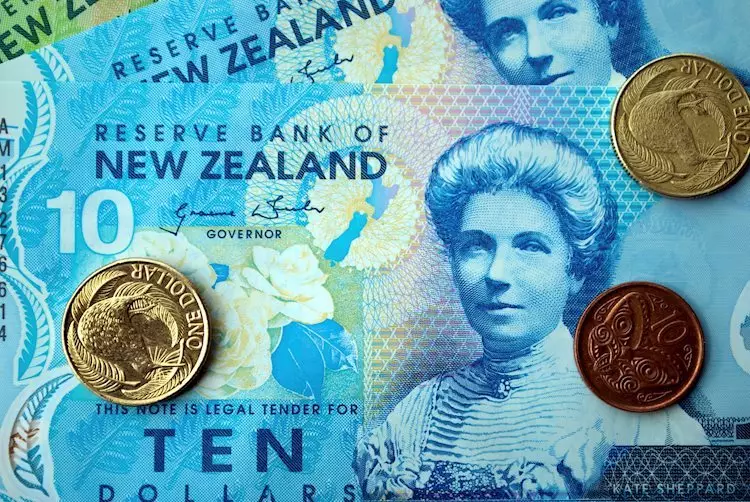In the early Asian session on Thursday, the NZD/USD pair gained momentum, reaching the highest level since January 4. This uptick in the New Zealand Dollar was attributed to a surge in business confidence in New Zealand. According to the ANZ Business Outlook Survey, business confidence rose to its highest level in a decade, with the headline confidence measure reaching 51.0 in August. The expected own activity measure also soared to a seven-year high of 37.0. This increase in optimism among businesses in New Zealand propelled the Kiwi against the US Dollar.
The Federal Reserve’s indication of a potential interest rate cut also contributed to the strengthening of the NZD/USD pair. Fed Chair Jerome Powell stated that the central bank was prepared to lower interest rates, while Minneapolis Fed’s Neel Kashkari suggested that a rate cut could be discussed as early as September due to a weakening labor market. This dovish sentiment was echoed by other Fed officials, including the presidents of the St. Louis Fed and the Atlanta Fed. These remarks are expected to weigh on the Greenback in the near term.
On Thursday, market participants will closely watch the second estimate of US Q2 GDP growth numbers. The US economy is projected to have grown at a rate of 2.8%. A stronger-than-expected outcome could potentially boost the USD and limit the upside for the NZD/USD pair.
The value of the New Zealand Dollar, also known as the Kiwi, is influenced by various factors beyond just the health of the country’s economy and central bank policy. For instance, the performance of the Chinese economy, as New Zealand’s biggest trading partner, can impact the Kiwi. Any negative developments in the Chinese economy could result in fewer exports from New Zealand, affecting its currency. Additionally, dairy prices play a significant role in determining the value of the NZD, as the dairy industry is a major export sector for the country.
Impact of Macroeconomic Data and Risk Sentiment
Macroeconomic data releases in New Zealand are crucial in evaluating the state of the economy and can influence the valuation of the NZD. A strong economy, characterized by high economic growth, low unemployment, and high confidence, tends to support the NZD. Positive economic indicators attract foreign investment and may prompt the Reserve Bank of New Zealand to raise interest rates. Conversely, weak economic data is likely to depreciate the NZD.
Furthermore, the NZD tends to strengthen during risk-on periods, where investors perceive low market risks and are optimistic about growth. This favorable outlook for commodities and ‘commodity currencies’ like the Kiwi can drive the currency higher. Conversely, in times of market turbulence or economic uncertainty, investors tend to sell higher-risk assets, leading to a weakening of the NZD.
The movements in the NZD/USD pair are influenced by a combination of factors, including economic data releases, central bank policies, global market sentiment, and external factors such as trade relations with key partners like China. Understanding these factors is crucial for traders and investors looking to navigate the dynamics of the currency pair.

